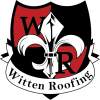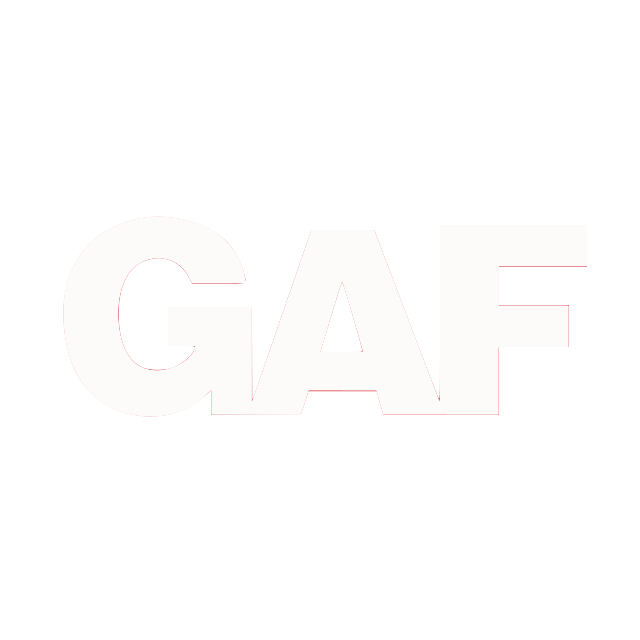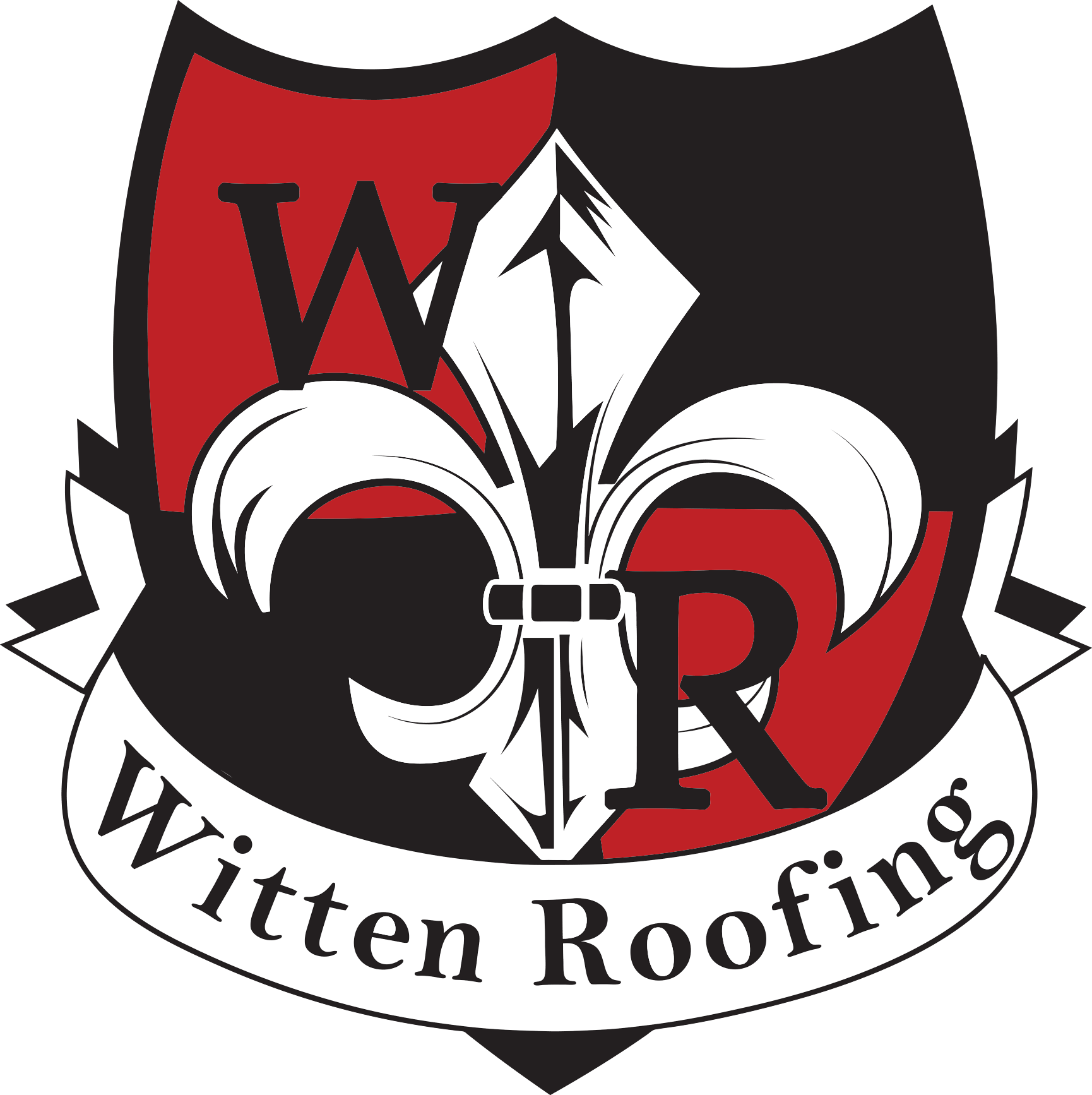Your commercial roof is one of your property’s most valuable assets — protecting your business, inventory, tenants, and customers from the elements. But unlike the walls or flooring, the roof is often “out of sight, out of mind” until a major problem surfaces. By then, the damage (and repair bill) can be substantial.
Catching issues early is critical. The sooner you recognize the warning signs, the faster you can act — preventing leaks, structural issues, and costly downtime for your business.
In this article, we’ll cover the most common signs your commercial roof needs immediate repair, why quick action matters, and how to extend your roof’s life with regular maintenance.
1. Persistent Leaks or Water Stains
One of the clearest indicators of roof trouble is water infiltration. Leaks can appear as:
- Water dripping from the ceiling during or after rain
- Stains or discoloration on walls and ceilings
- Damp insulation or drywall
Even small leaks in a commercial building can cause mold growth, damage to electrical systems, and structural rot. Ignoring them will only make the problem worse — and more expensive to fix.
2. Blistering or Bubbling on the Roof Surface
If your flat or low-slope commercial roof has a membrane system (TPO, EPDM, modified bitumen), bubbles or blisters often mean trapped moisture. This can occur due to:
- Poor installation
- Water intrusion under the membrane
- Extreme temperature fluctuations
Once moisture gets trapped, it can compromise the roof’s structure and lead to widespread damage if not addressed quickly.
3. Sagging or Uneven Roof Areas
A commercial roof should have a consistent slope to allow for proper drainage. Sagging spots indicate:
- Weak or damaged structural decking
- Saturated insulation
- Excessive water pooling over time
A sagging roof can collapse if the underlying support system is compromised, making this a critical safety hazard that requires immediate professional inspection.
4. Pooling Water (Ponding)
While commercial roofs are designed to handle some water temporarily, ponding water that lingers for more than 48 hours can signal:
- Poor drainage design
- Clogged drains or gutters
- Structural settlement in certain roof areas
Standing water accelerates deterioration, invites mold growth, and can lead to leaks through tiny cracks or seams.
5. Damaged or Missing Flashing
Flashing is the metal or membrane barrier installed around roof edges, vents, HVAC units, and skylights. It prevents water from seeping into vulnerable joints.
If flashing is cracked, bent, or missing, it can be a direct entry point for water — particularly during storms. This is one of the most common causes of roof leaks in commercial buildings.
6. Membrane Tears, Cracks, or Punctures
Commercial roofs face heavy wear and tear from:
- Foot traffic for maintenance
- HVAC servicing
- Harsh weather conditions
- Debris impact
Even small punctures can allow moisture to infiltrate the insulation and decking, leading to more severe damage over time.
7. Mold, Mildew, or Foul Odors Indoors
A musty smell inside your commercial property can be a sign of hidden water damage above the ceiling tiles or inside walls. Mold spores can spread quickly, posing health risks for employees, tenants, and customers.
8. Rising Energy Bills
A failing commercial roof can reduce insulation performance, forcing your HVAC system to work harder. If you’ve noticed an unexplained spike in heating or cooling costs, your roof may have:
- Damaged insulation
- Air leaks around penetrations
- Poor ventilation
Why Immediate Repair Matters
Ignoring these signs can lead to:
- Business disruption from leaks or unsafe conditions
- Costly structural damage to decking, framing, and insulation
- Voided warranties if repairs aren’t made promptly
- Insurance claim denials for neglecting maintenance
Acting fast can save you thousands of dollars and extend your roof’s lifespan by years.
Preventing Commercial Roof Damage
The best way to avoid emergency repairs is through regular inspections and maintenance. Best practices include:
- Bi-annual inspections — ideally in spring and fall
- Post-storm evaluations to check for hidden damage
- Routine cleaning to remove debris and prevent clogged drains
- Proactive repairs for small issues before they escalate
Why Choose Witten Roofing for Your Commercial Roof Repairs
When your commercial roof shows signs of trouble, you need a team that responds quickly and gets the job done right the first time.
At Witten Roofing, we provide:
- Fast emergency response to minimize downtime
- Experienced commercial roofing crews trained in all roof types
- Comprehensive inspections using advanced leak detection tools
- Quality materials designed for long-term durability
- Full warranty coverage on repairs and replacements
Your business can’t afford roof problems — and with Witten Roofing, you won’t have to.
Need an Inspection?
If you’ve noticed leaks, pooling water, sagging areas, or any other warning signs, don’t wait until the damage worsens.
Schedule a free inspection online
FAQ – Commercial Roof Repairs
1. How often should I inspect my commercial roof?
We recommend at least twice a year — in spring and fall — plus after major storms.
2. Can small commercial roof leaks be patched, or do I need a full replacement?
Small leaks can often be repaired if caught early, but the longer you wait, the higher the chance you’ll need partial or full replacement.
3. How long does a commercial roof repair take?
Most repairs can be completed within 1–3 days, depending on the size of the damaged area and weather conditions.
4. Does my commercial roof repair come with a warranty?
Yes — we offer warranties on both labor and materials for all repairs.
5. What’s the average lifespan of a commercial roof?
Depending on the material, most commercial roofs last 20–30 years with proper maintenance.




